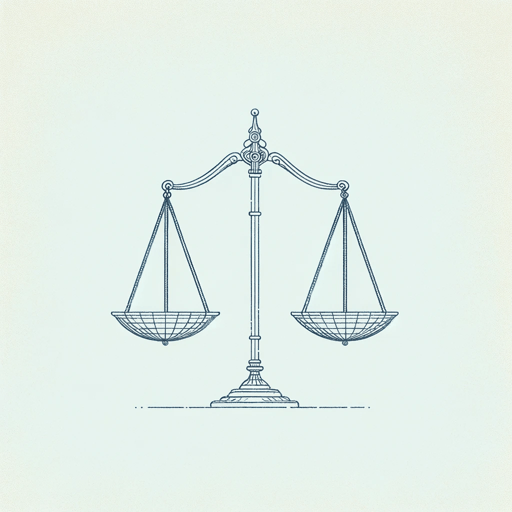73 pages • 2 hours read
William ShakespeareMacbeth
Fiction | Play | Adult | Published in 1623A modern alternative to SparkNotes and CliffsNotes, SuperSummary offers high-quality Study Guides with detailed chapter summaries and analysis of major themes, characters, and more. For select classroom titles, we also provide Teaching Guides with discussion and quiz questions to prompt student engagement.
Discussion/Analysis Prompt
Who is most to blame for the tragedies in Macbeth? Is it Macbeth, who murders repeatedly? Is it Lady Macbeth, who goads her husband to murder? Is it the three witches, who speak in riddles that encourage the murders? Is it another character? Discuss your rationale for your response and point to details and examples in the play for support.
Teaching Suggestion: Freewriting can help students gather their ideas and remember specific evidence to support their arguments. One way to approach this is to assign different students sticky notes with a different character’s name on each. Then create a continuum on the board or wall, ranging from “Completely Guilty” to “Completely Blameless.” Each student with a sticky note places it where they believe the character falls in terms of guilt. Students explain their conclusions using evidence. Other students can move the notes and articulate their reasons. Teachers might guide students to specific scenes that connect to Violence Begets Violence or Ambition and Corruption of characters.
Differentiation Suggestion: Students who are English language learners could benefit from sentence stems. Here are some examples: The character most to blame is _____ because…; While _____ is somewhat to blame, _____ is more to blame because…; The scene in which _____ proves _____ is to blame.
Related Titles
By William Shakespeare

All's Well That Ends Well
William Shakespeare

A Midsummer Night's Dream
William Shakespeare

Antony and Cleopatra
William Shakespeare

As You Like It
William Shakespeare

Coriolanus
William Shakespeare

Cymbeline
William Shakespeare

Hamlet
William Shakespeare

Henry IV, Part 1
William Shakespeare

Henry IV, Part 2
William Shakespeare

Henry V
William Shakespeare

Henry VIII
William Shakespeare

Henry VI, Part 1
William Shakespeare

Henry VI, Part 3
William Shakespeare

Julius Caesar
William Shakespeare

King John
William Shakespeare

King Lear
William Shakespeare

Love's Labour's Lost
William Shakespeare

Measure For Measure
William Shakespeare

Much Ado About Nothing
William Shakespeare

Othello
William Shakespeare

